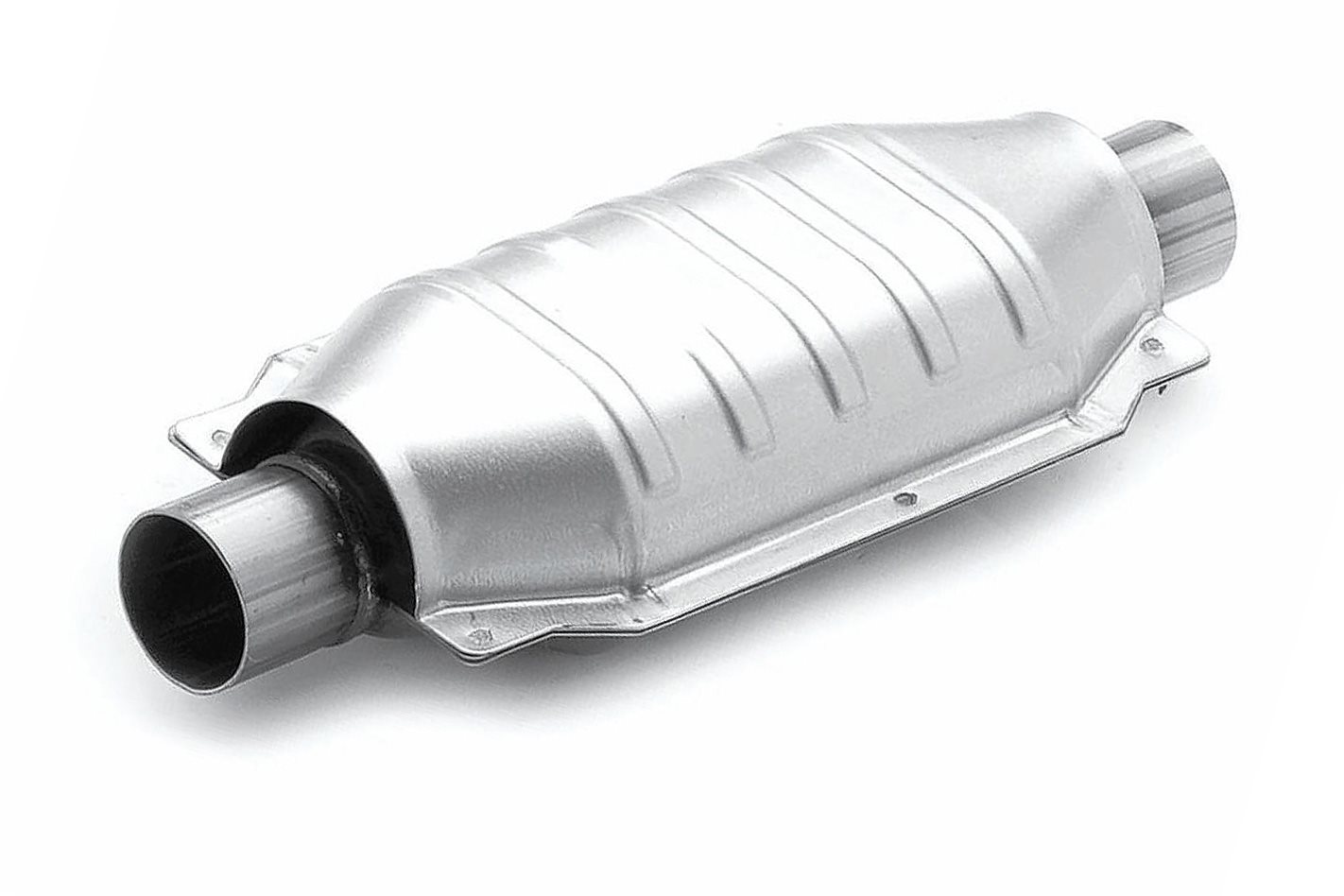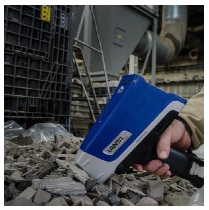THE CATALYTIC CONVERTER AFTERMARKET ?
POSTED BY ALICE
It is now mandatory, virtually across the globe, that vehicle manufacturers must include catalytic converters in all their production, in order to reduce the number of hydrocarbons and carbon monoxide produced by the combustion of fossil fuels which in turn reduces the amount of smog and greenhouse gasses released into the atmosphere. Most manufacturers produce their own catalysts (OEM) to exacting standards, in order to ensure they do not run foul of the law.
Although they are designed to last the life of the vehicle, catalytic converters can fail and may need replacing. They are at their most efficient when they are hot (approximately 750°C), but this amount of heat (particularly if there is excessive heat) will cause them to fail over time, and when this occurs the owner of the vehicle must, by law, install a suitable replacement that meets the local emission standards.
The obvious option is to replace the failed catalyst with the exact same model from the vehicle manufacturer. However, these are expensive, often well in excess of US$ 1,000 - significant when taking into account the value of a car that may be over 10 years old! This has lead to the development of the catalytic converter aftermarket, the manufacturing of replica catalysts that are invariably significantly cheaper than OEM equivalents. Aftermarket parts manufacturers aren't held to the same standards as vehicle manufacturers and, as with any “copy” market, quality and price will vary.
There are 3 main factors that need to be borne in mind when considering purchasing an aftermarket catalyst:
Price: Whilst almost always cheaper than the OEM version, aftermarket catalysts will fluctuate in price depending on the level of quality of the parts, and the make and model of the vehicle for which a replacement is being sought. Whilst it is often tempting to go for the cheapest, this may not be the best option in the long term.
Reliability: Aftermarket catalytic converters generally do not last as long as an OEM version, not surprising given the quality of the parts. Not only may the replacement not last very long, but it has been known for some cheap aftermarket catalytic converters to ruin the entire exhaust, resulting in the cost of repairs exceeding any savings made on the original catalytic converter purchase.
The Law: The most expensive element of any catalytic converter is its Precious Group Metal (PGM) content, and cutting back on PGMs is the easiest way for aftermarket manufacturers to save costs. However, this may lead to the vehicle falling foul of local emission laws, and the penalties for so doing are severe.

From the perspective of the scrap metal recycler, the aftermarket has a number of impacts that need to be taken into account:
- It is a market that will undoubtedly grow over time and form an important sector within the total catalytic converter recycling industry
- Whilst there is still value in the aftermarket catalysts, the lower PGM content will obviously mean that profit margins per unit will be significantly less. It is therefore important to recognize the characteristics of aftermarket catalytic converters - they will usually be lighter, have a generic look, maybe shown signs of bad welds on pipes from installation, and can suffer from extreme rust.
- Due to the differences in PGM content, it is important to first correctly identify whether a catalytic converter is OEM or aftermarket, and secondly ensure that aftermarket catalysts are assayed separately, as a combined assay may have a negative impact on profitability. Fortunately, there are, nowadays, modern refiners who are able to efficiently manage small batches, and therefore the separation of different types of catalysts is not the problem it once was.
In conclusion, we can say that the aftermarket is here to stay, and therefore needs to be managed. It is possible - even likely - that the aftermarket parts manufacturers will become liable to more exacting legal standards in the future, which may lead to an increase in the price and value of these catalytic converters, but it is unlikely that these values will ever match those of OEM parts. Being forewarned is forearmed and managing this market sector efficiently and effectively will still lead to excellent returns.

























